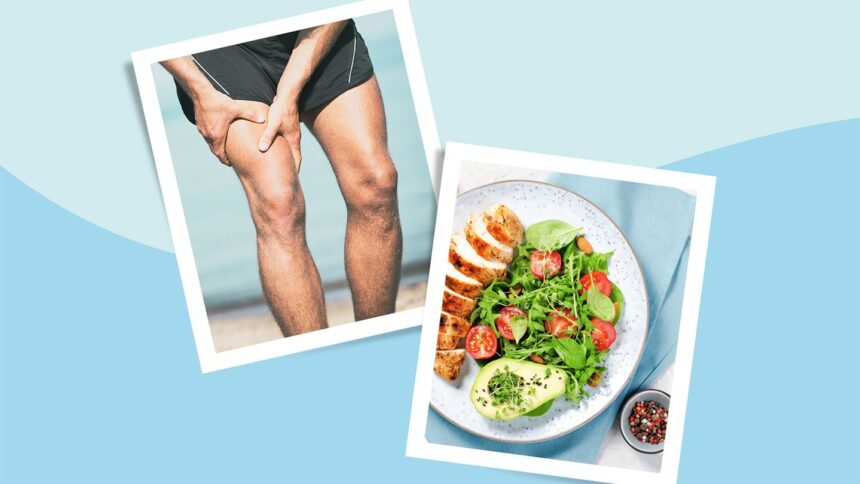Sore Muscles on Keto
No one is quite sure of the causes of keto leg pain. In general, most people feel run down during the first few days of the keto diet because their bodies are trying to adapt to the huge dietary change.
Your body likes to maintain homeostasis, or a state of balance. Suddenly taking away carbs, its preferred source of energy, can throw your body into a tailspin. Now the body has to search for another means of providing energy, burning fat, and creating ketones, in a metabolic process known as ketosis.
The effects of ketones on the body aren’t well understood. In people with diabetes, a buildup of ketones in the blood causes a dangerous condition called ketoacidosis, which can have side effects including fatigue, nausea, weakness, shortness of breath, and a fruity odor to the breath, according to Mayo Clinic.
This is not the same as ketosis, which is a natural process that raises ketone levels but not nearly as high as in ketoacidosis; however, ketones may be responsible for some of the uncomfortable side effects you experience.
In addition, when you drastically reduce your carbs, you lose a lot of water weight in the first few days. In fact, most of the weight loss you’ll see at the beginning of a diet is water loss. If you’re not adequately replacing these fluids, you risk dehydration, primary symptoms of which include muscle cramps, according to MedlinePlus.
If you’re also exercising during this time, you risk even more fluid loss through sweat. Doing vigorous activities such as running or interval training while dehydrated can make matters worse. Putting stress on muscles that are already fatigued from lack of carbs and fluids will likely result in greater muscle damage and soreness after your workout.
Lastly, losing fluids and cutting carbs can lead to losses of important electrolyte minerals, including magnesium, potassium, calcium, and sodium. Collectively, these minerals play a major role in muscle function, and being deficient in one or more of them can cause discomfort, numbness, or tingling in the legs, according to Cleveland Clinic.



![Baked Sweet Potato and Walnut Falafel [Vegan, Gluten-Free] – One Green Planet](https://top-100-recipes.com/wp-content/uploads/2025/10/falafel-close-up-full-size-copy-150x150.jpg)
![Red Quinoa and Black Bean Beer Chili [Vegan] – One Green Planet](https://top-100-recipes.com/wp-content/uploads/2025/10/Red-Quinoa-Black-Bean-Chili-150x150.jpg)




